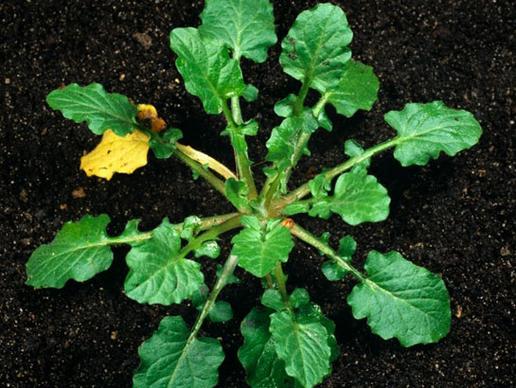
OK, so it’s doomsday survival again! and this time we are going to look at what we can eat in a survival situation, as well as give some advice on what not to eat!
Make sure you read our survival guide!

You can survive for up to three weeks without food, but then extreme hunger can make you crazy. So it’s worth stocking up on canned foods and other non-perishables. Always keep a months worth of canned food, this will see you survive the worst of any invasion.
NEXT go for the PETS !!
Pet food we mean! People end up eating pet food often enough — and sales tend to go up during recessions — that FDA standards require food made for animals to be suitable for humans to eat too.
Rodents It’s easy to catch rats and other rodents, said Brown, author of “Tom Brown’s Guide to City and Suburban Survival.” Simply bury a five-gallon bucket in the ground up to its edges. Cover the mouth of the container with sticks and wood scraps, and wait for a startled mouse or chipmunk to scramble under the jumbled objects. The animal will fall right into your trap. Next, burn the hair off your prey, skin them, gut them and throw them into a stew pot with water and any grains, vegetables or flour you might have on hand. “Don’t even bother filleting them or getting rid of the bones,” Brown said. “Bone marrow is high in nutrition and protein.”

Bugs Grasshoppers, cockroaches, ants, tarantulas: Virtually all insects are edible. Just make sure to cook them well enough to kill the wide variety of diseases they can carry, Brown said. You can even eat bees and scorpions as long as you remove their stingers first. One easy way to catch insects is to fill a sink with a little water and some food crumbs. Hungry bugs will go for the bait and either drown or get stuck in the tub. Ounce for ounce, Brown added, insects have up to four times more usable protein than other animals. Instead of a pound of beef, a quarter-pound grasshopper burger will do the same job.
Weeds “Food plants grow everywhere,” said John Kallas, director of Wild Food Adventures, an educational company, and author of “Edible Wild Plants: Wild Foods from Dirt to Plate.” “All you need to do is go out in your backyard.” You also need to build up some detailed knowledge about botany before all hell breaks loose because eating the wrong plants or the wrong parts of plants can kill you. Common vitamin-rich weeds include wild spinach, cattails, field mustard, garlic mustard, nipplewort and dandelions. No matter how hungry you are, Kallas warned, only eat a little amount of any one kind of vegetation at a time. “Dandelions have some vital chemicals that are great for you in small amounts, but too much will give diarrhea,” he said. “That’s what you don’t want in a survival situation.”
Acorns are like any nut, acorns can be delicious and filling, but you can’t just pop them in your mouth like cashews. To make acorns edible, Brown advised, first take them out of their husks. Next, drop them in a pot of just-boiled water and let them steep for a couple hours. Drain and repeat this process two to four times until all of the bitter tannic acid is gone. At last, you can eat the acorns plain. You can roast them. Or you can grind them into flour that will accentuate your rodent stew. Play the “Dual Survival” challenge, featuring survival experts Cody Lundin and Dave Canterbury.













